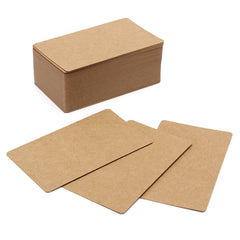
We spend so much time at work and at home, it’s only natural that we want a permanent piece of nature living alongside us. If you feel you’re ready for a new plant in your life but you’re not sure which one to get, Lucy’s has provided the perfect list of household plant options for beginners, intermediates and green thumbs. Read on to find out which plant is right for you and catch some key care tips as well.
The Perfect Beginner Plant

The perfect beginner plant has to be the Moth Orchid or Phalaenopsis orchid. Named because the flower looks like a moth that has landed on a stem, despite the moth orchid’s delicate appearance, it is a tough and sturdy plant that will outlast even the greenest of beginners. Simply place the moth orchid in indirect sunlight and don’t overwater it. A good location is usually a bathroom with a window - the steamy shower and moderate lighting will be enough for the moth orchid to survive and thrive.
The perfect compromise between plant, flower, and even pet, the moth orchid will revitalise your spirits every time you look at it.
The ‘Medium Maintenance’ Plant

If you’ve had some experience with plants in the past, a good intermediate plant to work with is the Japanese Peace Lily. The Peace Lily prefers low sunlight and requires minimal watering. Keep the soil moist, not wet, and repot the plant as it begins to grow (otherwise the roots will start to die). Make sure you cut the leaves off at the base if you have kids or pets in the house, as the leaves of the Peace Lily are actually poisonous. Otherwise, let the Peace Lily purify your air and fill your house with serenity as its white petals thrive under the low-light.
The Green Thumb Plant

If you pride yourself on being able to keep most plants alive, you may be up for the challenge of the African Violet
The African Violet, while quite innocuous as a house plant, has some specific care instructions you should heed if you want your violets looking at their best. Firstly, the violets should be placed away from direct sunlight in a small pot as they don’t grow too large. Secondly, the African Violet thrives in light weight soil. Special mixes are available, otherwise, you can make your own using vermiculite, peat moss and perlite in equal parts. Lastly, the African Violet needs minimal watering, just make sure you water from the base of the pot when the roots are dry to encourage blooming (water on the petals will also create splotching on the leaves), and keep the water at room temperature, so the roots don’t get chilled.
Pinch off blossoms as they die and keep the plant away from vents or fridges that blast cold air. After all that work, you should be rewarded with some stunning violet flowers that will make the maintenance worthwhile.































